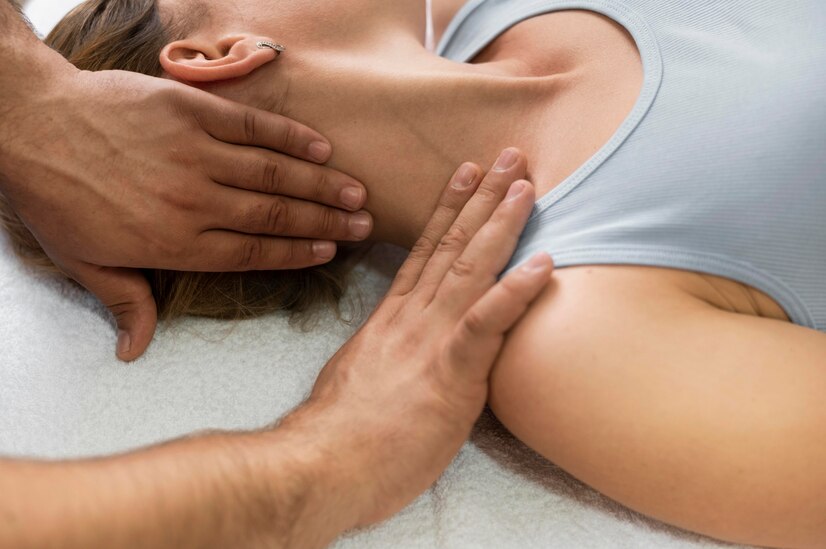Exploring the Therapeutic Benefits of Massage Therapy: Enhancing Health and Well-being
Unveiling the Healing Potential of Hands-on Bodywork

Massage therapy, a time-honored practice with roots in ancient civilizations, offers a myriad of benefits for individuals seeking to improve their physical, emotional, and mental well-being. Grounded in the art of touch and informed by anatomy, physiology, and pathology, massage therapy interventions are tailored to address specific needs and goals.
Research suggests that massage therapy can provide significant relief from musculoskeletal pain, reduce stress, and promote relaxation. A meta-analysis published in the Journal of Pain Medicine found that massage therapy was effective in reducing pain intensity and improving functional status in individuals with chronic low back pain (Furlan et al., 2021).
Moreover, massage therapy plays a crucial role in promoting overall relaxation and reducing stress levels. Studies have shown that massage can decrease levels of cortisol, a stress hormone, while increasing levels of serotonin and dopamine, neurotransmitters associated with relaxation and well-being.
Beyond pain relief and stress reduction, massage therapy offers numerous physiological benefits, including improved circulation, enhanced immune function, and increased range of motion. Through techniques such as Swedish massage, deep tissue massage, and myofascial release, massage therapists address soft tissue restrictions and promote healing and recovery.
Furthermore, massage therapy provides a safe and nurturing space for emotional release and psychological well-being. The therapeutic touch of massage can foster a sense of connection, comfort, and trust, leading to enhanced mood and a greater sense of overall well-being.
In conclusion, massage therapy serves as a valuable tool for promoting holistic health and wellness. With its ability to address physical, emotional, and mental aspects of well-being, massage therapy offers individuals a pathway to greater vitality, resilience, and balance in their lives.
Reference:
Furlan, A. D., Giraldo, M., Baskwill, A., Irvin, E., Imamura, M., & Kinnunen, T. K. (2021). Massage for Pain: An Evidence Map. Journal of Pain Medicine, 22(5), 905–917







